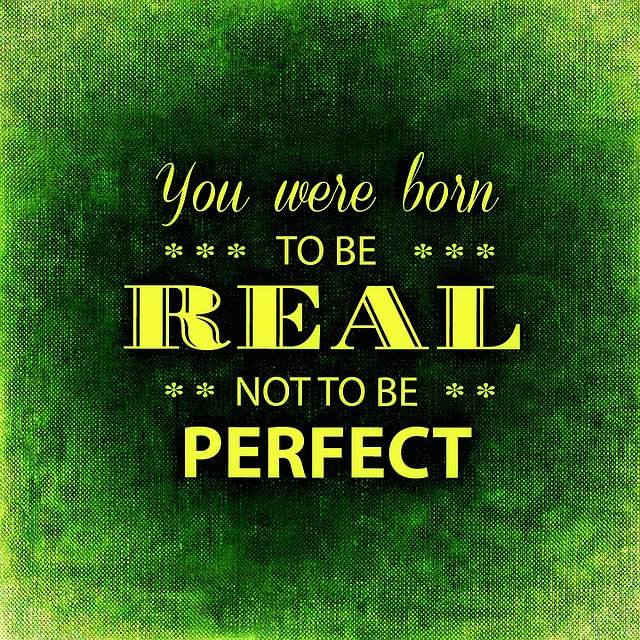Angela Duckworth, in her book, Grit: Why passion and perseverance are the secrets to success, describes George E. Vaillant, Professor of Psychology (Harvard Medical School), as an exemplar of “grit”. George was Director of Harvard’s Study of Adult Development for more than 30 years and persisted in data collection and interpretation over those years – mining the “gold” within the longitudinal study undertaken over 75 years. He was particularly enamoured by the richness of such a prospective study which enabled data collection and interpretation as both the circumstances and characteristics of study participants changed over time – information being captured at different age points in their life (such as thirty, fifty, sixty and eighty).
George readily acknowledges that not only did the study participants change over time, but the interpretive framework, including his own evolving understanding, changed as well. He was very conscious of the biological mindset of the early investigators on the research project and his own latter bias towards psychological frameworks. His third book about the study, Triumphs of Experience: The Men of the Harvard Grant Study, illustrates very clearly his personal evolution as well as that of the people undertaking the study – he often acknowledges how his assumptions about an individual’s potential proved to be wrong (based on his prior erroneous reasoning).
Consolidating a career – an evolutionary concept
George was strongly influenced by the adult development framework of Erik Erikson presented in his book, Childhood and Society. In his Pulitzer Prize winning book, Erik identified 8 stages of psychological development, including Stage 5 – Identity Versus Confusion. George attempted to fit the data on the psychological development of his study participants to this stage as described by Erik Erikson. However, George found that while study participants were able to establish a personal identity, they often had not developed a “career identity”. He decided to divide Erik’s “Identity versus Confusion stage” into two separate stages – “Identity” (versus “Identity Diffusion”) and “Career Consolidation” (versus “Role Diffusion”). Identity in George’s terms means “to separate from social, economic, and ecological dependence upon one’s parents”. Career consolidation, on the other hand, leads to “Career Identity” (a state he contrasts with experiencing role diffusion – an inability to commit to a “work” role that provides both personal enjoyment and social contribution).
Career Identity
The outcome of George’s “Career Consolidation” stage is “Career Identity”. He maintains that this stage of adult development involves four key tasks – commitment, compensation, contentment, and competence. George suggests that if all four are not present, then what is often involved is a job, not a career. The tasks of commitment and contentment reflect the perseverance and passion that I discussed as core elements of “grit”. Compensation often reflects competence but George points out that it can be a misleading concept where women’s compensation is involved (because of a lack of equal pay) and also for househusbands who he considered to have a “consolidated career” if commitment, contentment and competence are present (despite the lack of adequate compensation). Effectively, “compensation” is the more flexible element of his Carrer Identity stage.
George also argues that Career Identity involves a basic paradox in that commitment to a career that is sufficiently contributory beyond the self to warrant compensation, is also a “selfish” pursuit in that it requires the self-absorption necessary to develop the requisite competence. He suggests that society is tolerant of both men and women as they attempt to develop the “sense of competence” that underpins Career Identity.
Reflection
When I look at George’s concept of Career Identify, I reflect on my own work life as an academic. I can see that my academic career spanning more than thirty years had each of the four elements present – commitment, contentment, compensation and competence (the latter reinforced by the award of Emeritus Professor on retirement). While many elements of this career and associated identification were personally rewarding, some aspects were not. I enjoyed teaching students, examining Masters and Doctoral Theses and the researching/learning that such a career entailed; however, I did not appreciate the politics of academia that diverted my energy and attention away from my core role(s).
As I grow in mindfulness, through reflection and other mindfulness practices, I have come to value my career and its highlights, to be grateful for the opportunities that it provided (including overseas travel) and for the mentors and supporters (including my parents) who made my progression possible. Without their guidance and belief in my capacity, I would not have been able to achieve this aspect of the Identity Stage of adult development.
One of my mentors, Professor David Limerick, died recently after leading an exemplary life encompassing Career Consolidation, robust self-esteem, love of family, generosity towards others and an enduring love of nature and music. I can readily feel the imprint of his life on my own mindset and personal development, my love of nature and music, and my perspective on organisation change and development. To this day, I appreciate the time and effort he took to enable us to co-author an award-winning article – Transformation Change: Towards an Action Learning Organization (1995 Award for Excellence, The Learning Organization Journal).
________________________________
By Ron Passfield – Copyright (Creative Commons license, Attribution–Non Commercial–No Derivatives)
Disclosure: If you purchase a product through this site, I may earn a commission which will help to pay for the site and the resources to support the blog.




